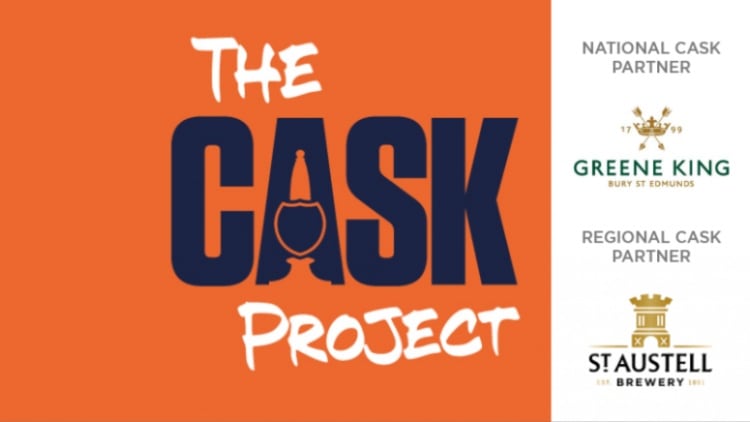My 12-year-old niece, who judges pubs by the standard of lemonade and her ability to people watch there, had scoured a second-hand book shop and gifted me a 1992 copy of Pub Walks in the Yorkshire Dales by Clive Price (published by Sigma Leisure).
It’s perhaps a sign of the times, with so many pubs at risk or closing, that my first thought was not “great, I can plan a few nice days out walking and visiting pubs”' but was instead “how many of these pubs are still going to be there?”
I decided to do some research and a few hours of ‘Twixmas’ (the period between Christmas and new year) were taken up tracking down pubs to see if they might still exist.
My first response as I worked my way through the pubs was surprise. Of the 31 pubs listed in the guide, 29 still existed – although I would say only 26 of these could be defined as a pub (defining pubs in itself is a problematic endeavour) – with three becoming restaurants or hotels.
Of those remaining, one (the King’s Head at Gunnerside) has become a community pub, another (the Farmer’s Arms in Muker) appears to be for sale and looks like the community is trying to save it.
A lesser reduction
The number of pubs in the UK overall has reduced from about 62,000 in 1992 to just over 46,000 in 2023[1], a reduction of about 25% so, at a 17% reduction, this selection of pubs have done pretty well. This is especially true given that recent research published in the Geographical Journal[2] shows rural pubs have shown a steeper decline in numbers than city pubs.
So why have these pubs been able to buck the national trend of pub closures?
The first thing that struck me, especially when browsing the websites of these establishments, was many were focusing predominantly on food and accommodation.
In some cases, the accommodation was so much at the forefront, I had to dig through the website to confirm it actually was a pub. Food was also central, with many being very gastro-focused. Food was only starting to become a focus of pubs in the 1990s and since then the availability and quality of pub food has expanded greatly.
It is clear these pubs have very much used food to diversify and evolve, and help them survive.
Diversification is a common business strategy, and one not without risks, but pubs have sensibly chosen to diversify into other hospitality fields, lowering their risk and aiding their success in their diversification.
Another key feature here is tourism, a significant economic input to the Yorkshire Dales, and being in proximity to, for example, the coast-to-coast walk has helped many of these pubs and their diversification has made economic and practical sense.
Fears of alienating regulars
However, it does worry me that pubs without a tourism draw may find it harder to diversify into accommodation and, in some cases, food.
There is also the worry that as pubs diversify away from core wet offerings, this might turn off or even alienate local customers, with knock-on effects to local community cohesion.
As 2024 arrived, I managed to buy myself another book in the series – this time for the North York Moors and Coast and repeated the exercise.
This time 31 pubs had become 24, still beating the national average at 23% and as well as the obvious diversification into food, there was also evidence of specialisation in music and as a brewery tap as well as diversification once again into accommodation (this time with lodges and self-catering added to the more standard B&B offerings).
Pubs have – and will continue to evolve and adapt – while the wonders of old pub guides allow us to do a bit of an exploration into why and how some evolve and adapt and in a variety of ways.
It seems diversification into closely aligned industries has worked well and I look forward to seeing what might come next and whether we might even see a wider diversification.
[1] Figures from the House of Commons briefing paper number 8591 (2012) available at: https://researchbriefings.files.parliament.uk/documents/CBP-8591/CBP-8591.pdf




